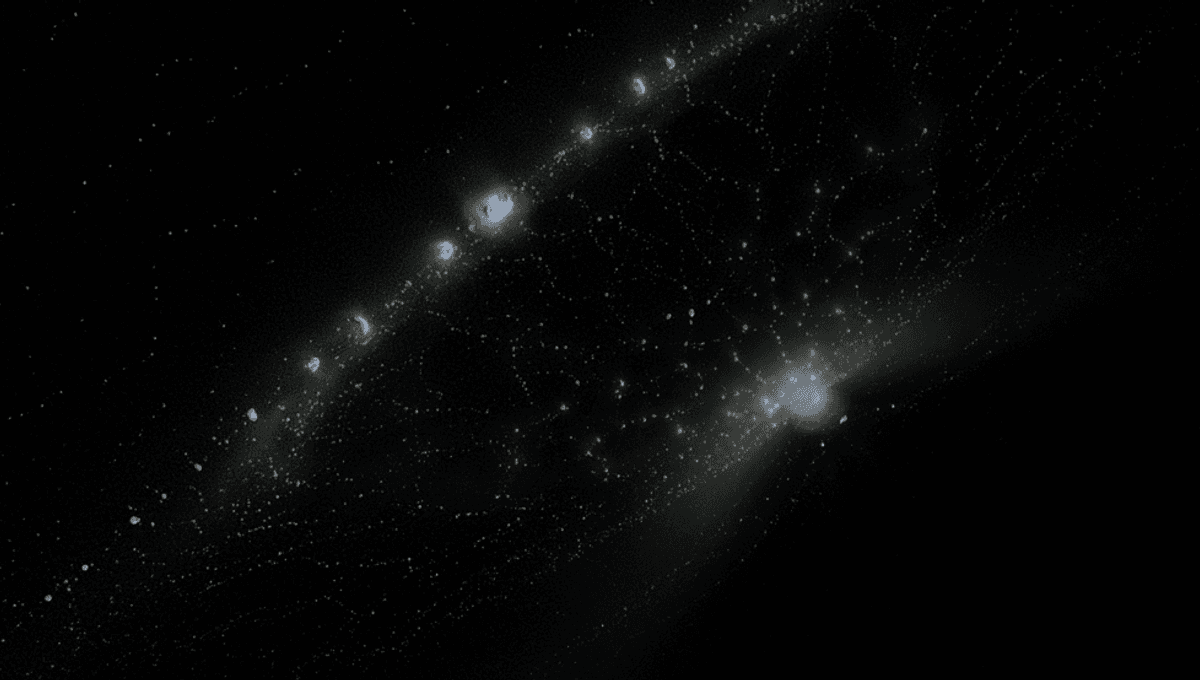
New supercomputer simulations support the idea that catastrophic satellite destruction is behind the formation of the beautiful rings of Saturn. This new work envisions two moons similar to what smallish Saturnian moons, like Dione and Rhea, look like today. Those moons smashed into each other, releasing a cloud of ice and rocks. And that ice eventually ended up in the rings.
Researchers ran more than 200 different versions of the impact between two such satellites. In a wide range of scenarios, the collision would scatter the right amount of ice around Saturn to create beautiful rings as we see them today.
“This scenario naturally leads to ice-rich rings,” co-author Professor Vincent Eke, from Durham University, said in a statement. “When the icy progenitor moons smash into one another, the rock in the cores of the colliding bodies is dispersed less widely than the overlying ice.”
Over the last decade or so, it’s become clear that Saturn’s incredible ring system is not something the planet was born with. The rings likely formed a few hundred million years ago. An alternative hypothesis suggests that maybe a moon got too close to Saturn, crossing its Roche limit. Beyond that threshold, the planet’s gravity pulled it apart and spread its remains to form the rings.
The collision scenario is a lot more dramatic, of course. The effect of the Sun’s gravity could have created a resonance on these two close moons, leading them to a collision course. The debris would then spread through the system, affecting other moons.
As moons age, they tend to move outwards due to gravitational effects. Rhea orbits just out of the resonance threshold. If Rhea was ancient it must have originated inside it, and it would not have survived the crossing. But it is here, and for the researchers, this indicates that a collision scenario formed the rings and reformed today’s moons, even spreading ice to other moons in the system.
“There’s so much we still don’t know about the Saturn system, including its moons that host environments that might be suitable for life,” added Jacob Kegerreis, a research scientist at NASA’s Ames Research Center. “So, it’s exciting to use big simulations like these to explore in detail how they could have evolved.”
The study is published in The Astrophysical Journal.
Source Link: Saturn’s Rings Might Have Come From The Collision Between Two Icy Moons